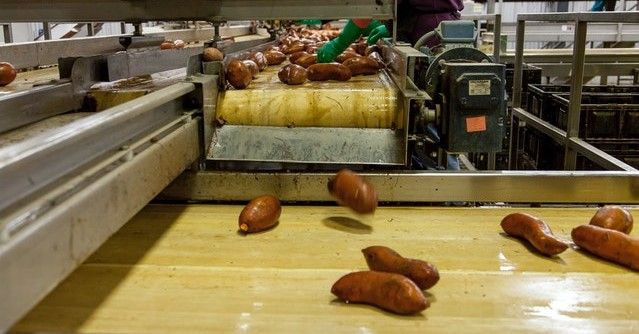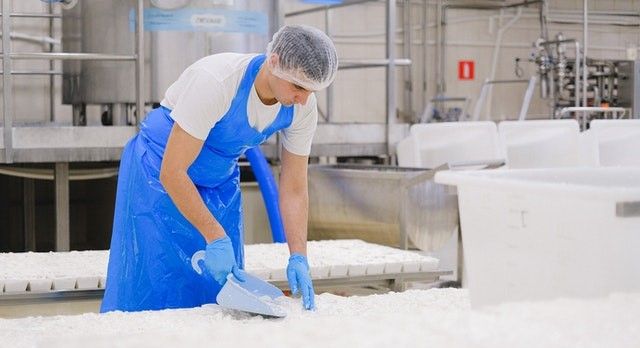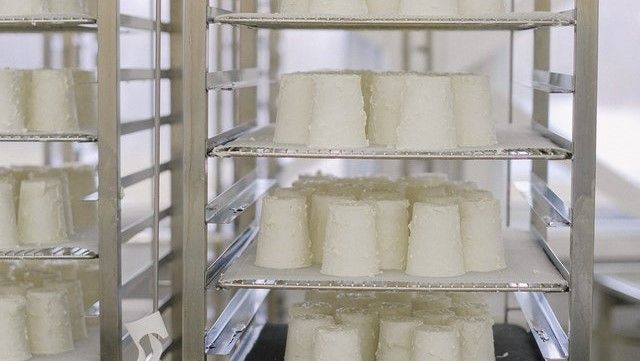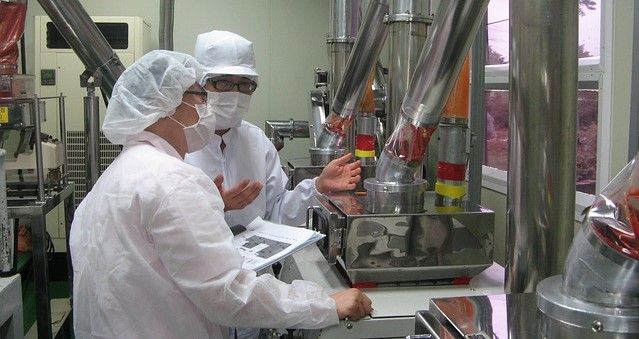Beyond salt, pepper, and other common spices, most people dislike the idea of food additives. However, they are a much-needed ingredient in modern food processing as they help to keep food fresh, prevent toxins from metal and plastic packaging entering the food, and generally improve product quality.
One of the most widely used food additives is sodium tripolyphosphate. While its name may be quite mouthful, the use of STPP in food processing helps make many foods more palatable.
It does this by:
· Tenderising meat for canning
· Retaining moisture in meat products
· Softening beans and other foodstuffs
· Improving the quality of canned products
· Functioning as a food thickener
· Functioning as an emulsifier for oils and liquids
· Functioning as a preservative

How does STPP work as a food additive?
Sodium tripolyphosphate works (like other phosphates) as a water retention agent. This is a highly sought-after property for processed meat products, as the chemical reacts well with the protein and globulin found in meat.
STPP can also chelate ions with Ca2+, Mg2+, Cu2+, Fe2+ and other metal ions in solution to form soluble chelates. The effect of this is to function as a softener for items such as chewy meats, tough shells in pulses and legumes, or simply as a water purifier.

STPP Safety
Sodium tripolyphosphate has been employed as a food additive for many years and has passed ongoing testing for safety standards. That said, food processing managers must ensure that only good quality, food grade STPP is used, also taking care to administer the correct amounts. If these guidelines are followed, then it is very safe and will easily remain within national safety standard limits.

How to Apply STPP in Food
As STPP is rarely mentioned in recipes or on TV cookery shows, it is important for it to be used accurately if food quality is not to be compromised. Its properties as a water retention agent, softener, preservative, thickener, tenderiser, and emulsifier are important, but flavour still remains key.
For this reason, the following three points should be adhered to:
1. Ensure that the STPP product being used is highly soluble, with the product typically being applied in solution. Undissolved STPP can have an adverse effect on food quality.
2. Ensure a consistent and high-quality product is used, as poor quality STPP can leave food with a slightly acidic or bitter taste, particularly with meats. An unwanted crisp after-taste may also be noted with lower-grade additives.
3. Sodium tripolyphosphate used as a food additive, must be certified as food grade quality supported by all the necessary documentation and licences. Unauthorised STPP supplies may contain impurities, such as heavy metals, and so may be hazardous to health.
If used correctly, STPP will improve (not diminish) food quality. For this reason, everyday foodstuffs such as fruit juices, soybeans, tinned goods, dairy products, and many other foodstuffs are prepared with sodium tripolyphosphate.

Despite having been on the market for so long, research is ongoing to improve the quality of STPP, learn more about where and how it can be used, as well as developing better food additive compounds.
It is a system which ensures the natural development of modern food processing. As technology changes, as consumers develop different tastes, as foods becoming more or less fashionable, so too must food additives adapt to market conditions. To put this in comparison, research is constantly being conducted over the quantities and type of salt being used in industrial food processing.
Looking ahead, the market outlook for sodium tripolyphosphate remains positive.
Food industry trends are pointing towards a continued growth in the consumption of processed food. This will become more and more apparent as the middle classes in Africa, South America, and the Asian sub-continent expand and further take up the eating and food preparation habits of more developed countries.

Despite the negative public image over processed food and the additives the industry uses, the market outlook for these products is positive. Easier access to supermarkets, more working mothers, an increase in consumption of food from overseas, and an overall increase in wealth all point to the market expansion of industrial food additives.
But while the benefits and safety of STPP is clear, the importance of sourcing good quality raw materials will remain essential.
To find out more about sourcing good quality, food grade STPP visit AG CHEMI GROUP, call info@agchemigroup.euor contact Timor on +420 777 227 387.
To learn about applying STPP for use in ceramic production read: The Advantages of STPP in the Manufacture of Ceramics.
Photo credit: Anna Shvets from Pexels, Mark Stebnicki, 병덕 유 from Pixabay, Gerd Altmann, Anna Shvets, Maria Petersson, & Nataliya Vaitkevich